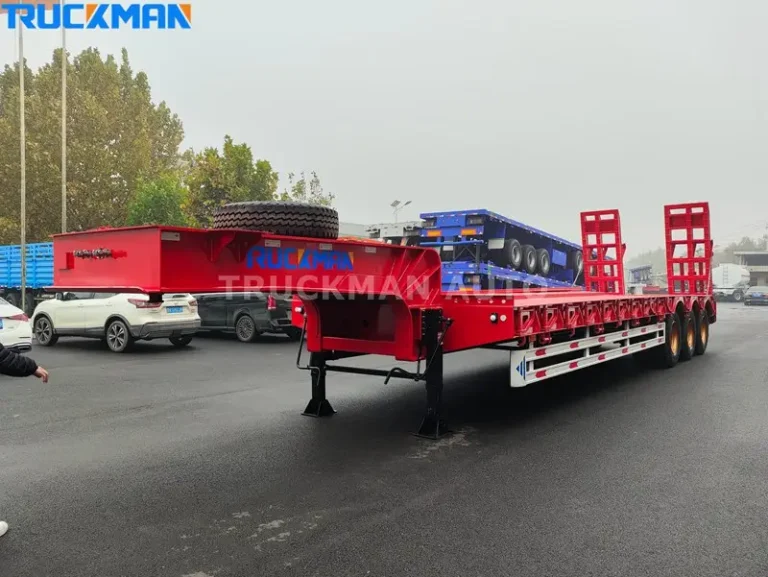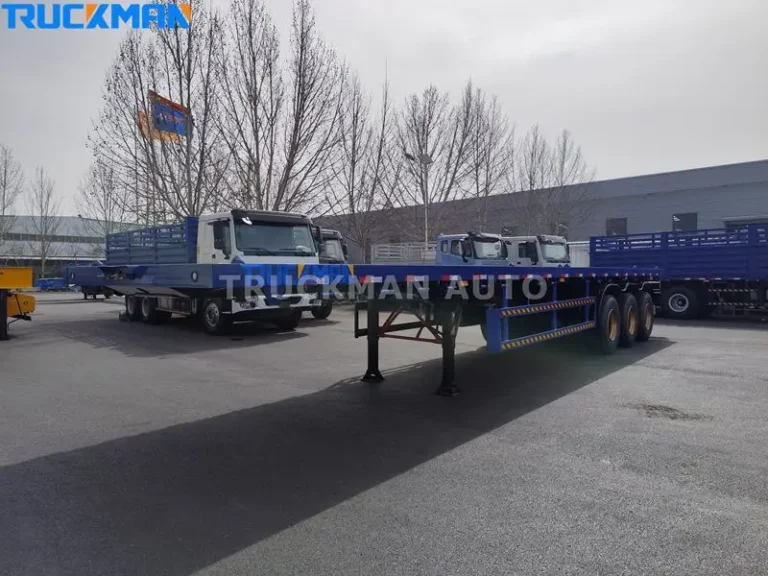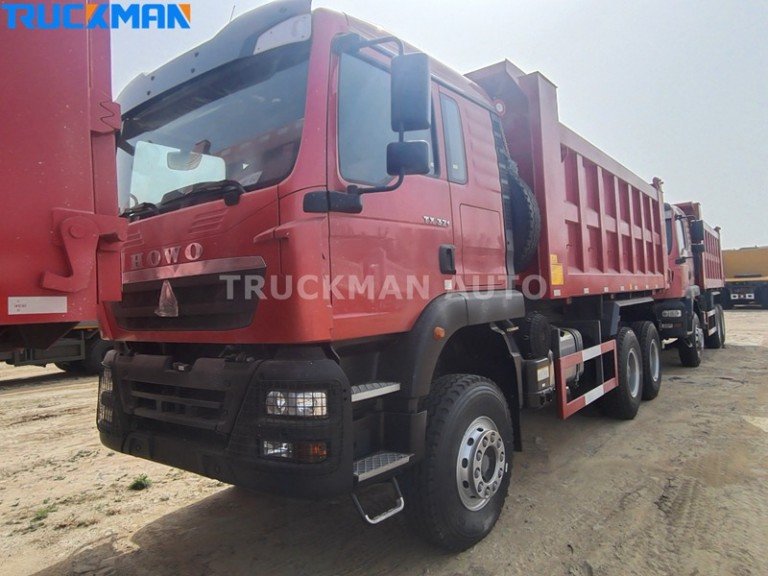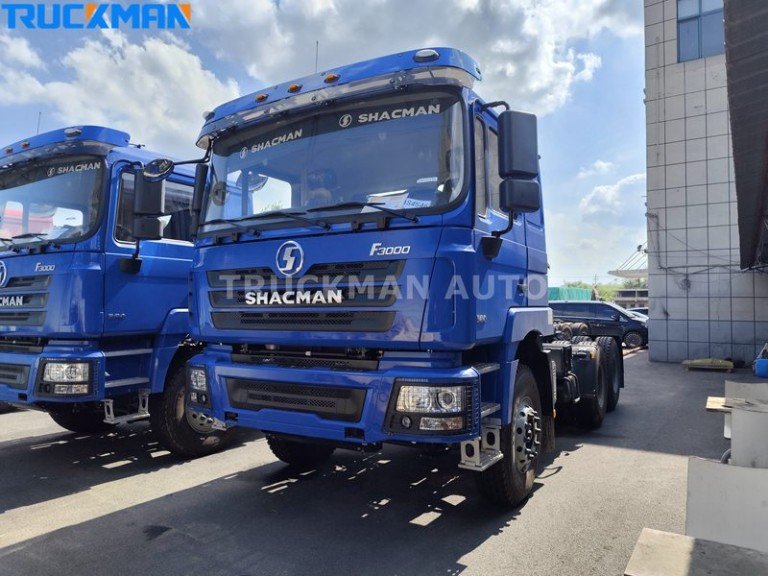Do you know the safety rules for loading and unloading fuel tank trailers? At Truckman Automobile, we focus on safe handling of dangerous materials. This is key for our semi-trailer business.
The loading and unloading of liquid bulk tankers are complex tasks. Since Standard Oil started using tanker trucks over 100 years ago, the field has grown a lot. Now, there are better tank designs and safety features.
At Truckman Automobile, we aim to share our knowledge on fuel tank trailer operations. We focus on safety and efficiency. Our guide will cover the key points of loading and unloading. It will also talk about the challenges of moving flammable liquids.
Table of Contents
Understanding Fuel Tank Trailers and Their Design
At Truckman Automobile, we design fuel tank trailers with safety and efficiency in mind. We create different types offuel tank trailers focusing on safety and efficiency.
Types of Fuel Tank Trailers and Their Capacities
Fuel tank trailers have various designs, like standard cylindrical and special models. Their sizes vary a lot, with big tanker trucks carrying 5,500 to 11,600 gallons of fuel.
| Trailer Type | Capacity Range (Gallons) |
| Large Tanker Trucks | 5,500 – 11,600 |
| Smaller Units | Under 3,000 |
Key Design Features for Safe Fuel Transport
Our fuel tank trailers have important safety features. These include pressure relief systems and anti-surge baffles. They help prevent leaks and contamination during transport.
Top Loading vs. Bottom Loading Systems
There are two main ways to load fuel into tanker trucks: top loading and bottom loading. Bottom loading is safer for fuel because it reduces the risk of static electricity and agitation.
Essential Safety Protocols for Fuel Handling
Handling flammable materials safely is crucial. We follow strict safety rules for fuel handling.
Pre-Operation Safety Inspections: Before loading or unloading fuel, a detailed check is needed. We ensure all equipment works well and there are no leaks. It’s also important to make sure the tank trailer is right for the chemical being moved and is properly labeled if it’s hazardous.
Truck Grounding Systems and Static Prevention: Using a truck grounding system is key when handling flammable materials. This system helps prevent dangerous sparks by letting static charges go into the ground. We make sure our truck grounding systems are connected and checked before any loading or unloading.
Personal Protective Equipment and Safety Measures: Our team wears the right personal protective equipment when handling fuel. This includes gloves, face shields, flame-resistant clothes, and proper shoes. We also have plans for emergencies, like spill containment and evacuation routes, to keep everyone safe.
Step-by-Step Fuel Loading Process
At Truckman Automobile, we focus on safe and efficient loading for our fuel tank trailers. The loading process has several key steps. These steps ensure fuel is transported safely.
Pre-Loading Inspection Checklist:We do a detailed check before starting the loading process. We make sure our equipment is in good shape and fits the product we’re loading. We check labels, empty and clean compartments, and ensure safety systems work.
Proper Positioning and Setup Procedures: We place our fuel tank trailers in the right loading spots. The drop tube is set up vertically to avoid mixing the fuel. The truck engine is off, and all electricals are turned off to avoid sparks.
Loading Sequence and Flow Rate Management: For tankers with compartments, we make sure all valves are closed except for the one being filled. We start loading slowly, with a flow rate under 120 gallons per minute for the first 6 inches. This helps prevent static buildup.
Post-Loading Verification and Documentation: After loading is done, we close the valve and let the drop tube drain for a few minutes. Then, we remove it, close the dome cover, and check that all equipment is secure. We also finish the paperwork, like bills of lading and safety data sheets.
| Loading Step | Description | Key Considerations |
| Pre-Loading Inspection | Verify equipment integrity and compatibility | Labeling, cleanliness, safety systems |
| Positioning and Setup | Position trailer in designated loading area | Drop tube positioning, engine and electrical devices off |
| Loading Sequence | Load compartment by compartment | Valve operation, flow rate management |
| Post-Loading Verification | Verify loading completion and secure equipment | Valve closure, drop tube drainage, documentation |
Safe Fuel Unloading Procedures and Best Practices
When unloading fuel, safety is our top priority. Our Truckman Automobile trailers are designed for safe and efficient unloading. The unloading process has several important steps to ensure safety for everyone involved.
Preparing the Unloading Site: Before unloading, we prepare the site carefully. We place the tanker in the right spot, turn off the engine and all electricals, and check for hazards or damage. It’s also crucial to make sure the storage tank is compatible with the fuel and has enough space.
Connecting Equipment and Establishing Safety Measures: After preparing the site, the next step is to connect the equipment and set up safety measures. This includes linking the truck grounding system to stop static electricity. Also, attach the unloading hose to the right receiving line and storage tank. Make sure all receiving valves are closed.If the chemicals being unloaded can release vapor, use a vapor recovery system.
Monitoring the Fuel Unloading Process: It’s crucial to stay alert and watch the unloading closely. Open the internal safety valves for the tank compartments being unloaded. Slowly open the discharge valve to check for leaks. Always check for signs of overfills or other issues.
Post-Unloading Procedures and Site Cleanup: After unloading is done, several steps are needed for a safe and clean operation. Close all valves that were opened. Drain any leftover products from hoses and fittings into the storage tank. Disconnect the truck grounding system. Finally, inspect the truck and unloading area thoroughly before leaving the site.By following these safe fuel unloading procedures and best practices, operators can minimize risks and ensure a safe and efficient unloading process.
Conclusion
Our comprehensive guide on fuel tank trailer operations shows that safety and efficiency are key. We’ve covered the essential aspects of fuel tank trailer loading and unloading processes. It’s clear that proper procedures are critical for both operational efficiency and safety.
At Truckman Automobile, we’re dedicated to making fuel tank trailers that prioritize safety and efficiency in all loading and unloading operations. By following the guidelines in this article, you can greatly reduce the risks of fuel transport while improving operational efficiency.
FAQ
What are the key design features to look for in a fuel tank trailer to ensure safe transport?
We look for tanks designed with safety in mind. This includes valves that prevent overfilling, robust equipment for transport, and bulk tanks for secure chemical and gas transport.
How do top loading and bottom loading systems differ, and which is safer?
Top loading systems fill the tank from the top, while bottom loading systems fill from the bottom. Bottom loading is safer as it reduces spill and chemical exposure risks.
What safety protocols should be followed during loading and unloading operations?
We follow strict safety protocols. This includes pre-operation safety inspections, using truck grounding systems to prevent static, and wearing personal protective equipment to protect against hazards.
What steps should be taken to ensure a safe loading process?
We conduct a thorough pre-loading inspection and ensure proper positioning and setup. We manage the loading sequence and flow rate and verify the product level post-loading for a safe and efficient loading process.
How can we ensure safe unloading procedures?
We prepare the unloading site carefully, connect equipment securely, and monitor the unloading process closely. We follow post-unloading procedures to ensure the site is clean and safe.
What is the importance of valves in the loading and unloading process?
We know that valves are crucial for controlling the product flow during loading and unloading. They help prevent accidents and ensure a smooth operation.






